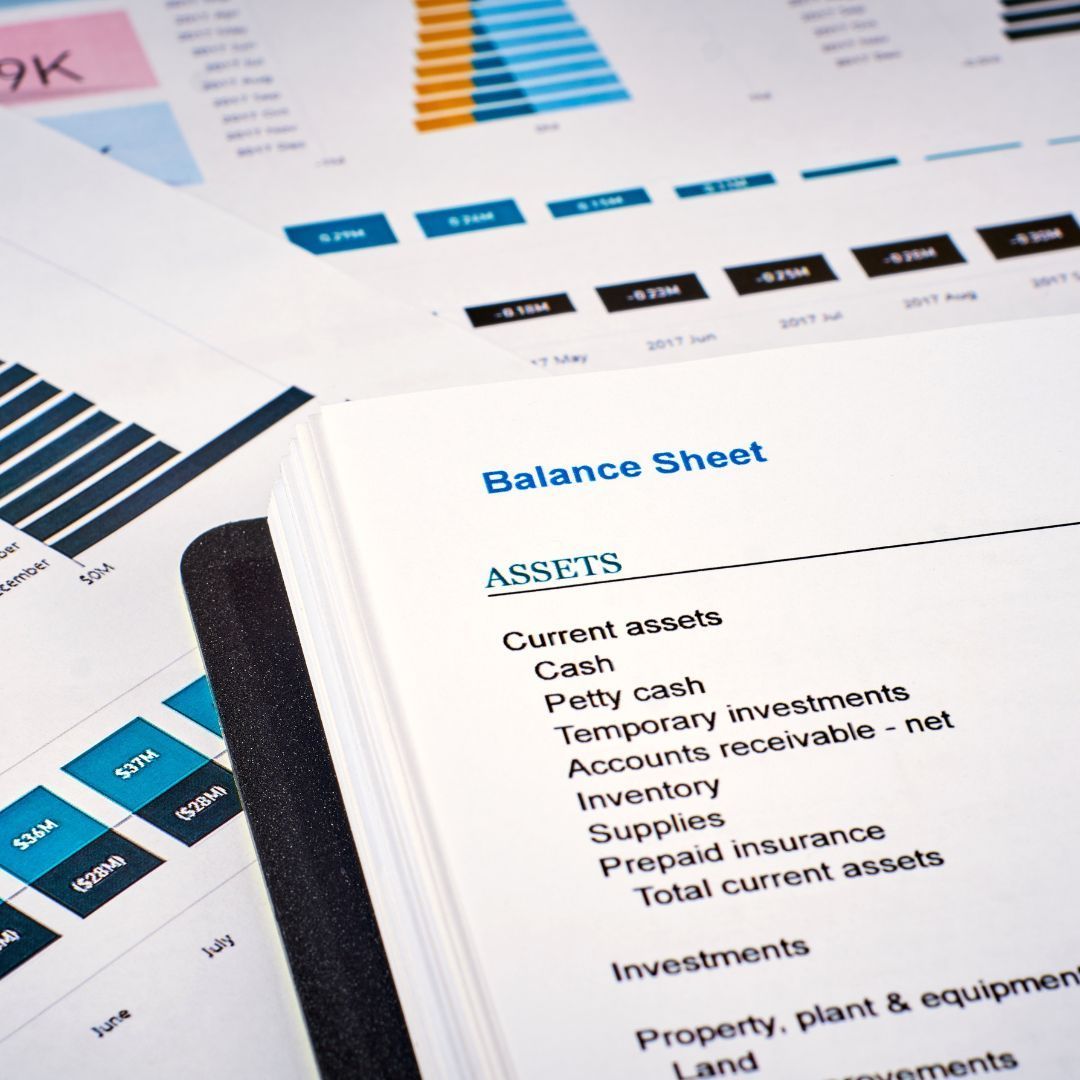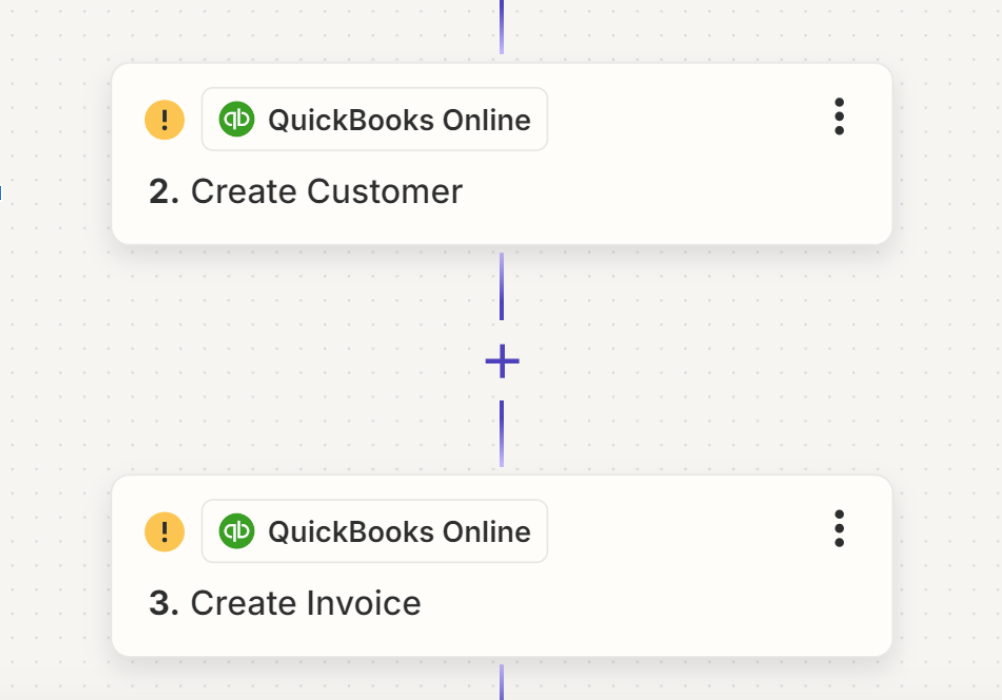What is the Purpose of the Balance Sheet?
A balance sheet is a financial document of the assets, liabilities, and equity of a business at the end of an accounting period. Business owners and investors use them on a regular basis to gauge the general financial health of their organizations. A company's balance sheet also give them a good idea of business liquidity, which is how quickly they can convert assets into cash.
Balance Sheet Formula
Many financial documents indicate performance over a specified period of time. A balance sheet, however, shows what your business owns and owes at a specific time period. The main equation is
Assets = Liabilities + Equity.
While the short term and long term assets explain everything that’s yours, the short term and long term liabilities state all the assets that are someone else’s… or everything your company owes. This allows you to see the financial position of your company.
What You’ll Find on a Balance Sheet
Within this financial statement there are two main sections. The first section is intended to outline all of your assets. In most cases, the assets that are the most liquid like cash and cash equivalents will be placed at the very top and less liquid assets such as property will be at the bottom. There will be a “Total Assets” calculation as well to sum everything up.
The second section will include liabilities and equity. If you owe money on loans and credit cards, for example, they will be included here. All of your liabilities will then be added up in a “Total Liabilities” calculation. Following the liabilities will be your equity section, which is the difference between your assets and your liabilities. If this number is positive, it means you have “equity” in the business… aka, if you sold the business today, you (and/or your investors) would be able to walk away with some cash.
How to Use a Balance Sheet
Unlike an income statement, a balance sheet will not show how much money you made or lost. Instead, it’ll give you a quick glimpse of your business health at a specific moment in time. You can’t count on it to understand how you’ve changed over the long term, like you’d be able to with a financial statement or income statement.
What you can do, however, is
compare your latest balance sheet to previous ones. This way you can get an idea of how your finances have improved or worsened and how far you’ve performed since you started your business.
Download our FREE Balance Sheet Template.
In addition, investors may use it to evaluate your short term financial health. Depending on what it looks like, it may convince them to invest in your business or turn to a competitor instead.
Example: Imagine running a lemonade stand and looking at a balance sheet to understand its financial health. You have $50 in cash, $30 worth of lemonade inventory (lemons, sugar, cups), and $20 in equipment (table, pitcher, signs), giving you total assets of $100. On the other side, you owe $20 to your parents, which are your liabilities. The difference between your assets and liabilities is your equity, which amounts to $80. So, the balance sheet shows that after paying off your $20 loan, your lemonade stand still has $80 in value, indicating a healthy financial position.
Why is the Balance Sheet Important?
Inform Investment Decisions
A well-maintained balance sheet helps you understand whether your business is in a position to invest in new opportunities. It shows you if you have enough assets to cover new investments without jeopardizing your financial stability. The balance sheet is more than just a financial statement—it's a snapshot of your business’s financial health at a specific point in time.
Manage Debt
The balance sheet provides insights into your business’s debt levels and repayment capacities. It helps you manage existing debts more effectively and make informed decisions about taking on new debt.
Enhance Operational Efficiency
By analyzing your balance sheet, you can identify inefficiencies in your asset management. This can lead to better utilization of resources and improved operational efficiency.
Example: If you notice that your inventory levels are consistently high compared to sales, it might indicate overstocking. Adjusting your inventory management practices can free up cash and reduce holding costs.
Support Financial Planning and Forecasting
Your balance sheet is an essential tool for financial planning and forecasting. It helps you set realistic
financial goals and develop strategies to achieve them.
Need Help Navigating Your Balance Sheet? Contact GrowthLab Today
Still curious about what the purpose of a balance sheet is? At GrowthLab, we help small businesses like yours succeed. You can trust us to create accurate financials on your behalf and make recommendations on how you can use them to increase your revenue and meet (or even exceed) your business goals.
Frequently Asked Questions About Balance Sheets
What is the Difference Between Current and Non-Current Assets/Liabilities?
Current Assets/Liabilities: Expected to be converted to cash or settled within one year (e.g., cash, accounts payable).
Non-Current Assets/Liabilities: Expected to be held or settled beyond one year (e.g., buildings, long-term loans).
How Often is a Balance Sheet Prepared?
Balance sheets are typically prepared at the end of each accounting period (monthly, quarterly, or annually) and are often included in financial reports to shareholders and regulatory bodies.
What is Working Capital?
Working capital is the difference between current assets and current liabilities. It measures a company’s short-term liquidity and operational efficiency.
How Do Assets and Liabilities Affect Equity?
An increase in assets or a decrease in liabilities increases equity, while a decrease in assets or an increase in liabilities decreases equity.
Can a Balance Sheet Show Profit or Loss?
No, the balance sheet does not directly show profit or loss. Profit or loss is shown on the income statement. However, net income from the income statement affects retained earnings on the balance sheet.
What is Depreciation and How Does It Affect the Balance Sheet?
Depreciation is the allocation of the cost of a tangible asset over its useful life. It reduces the book value of assets on the balance sheet and also impacts retained earnings through the income statement.
Why Might a Balance Sheet Not Balance?
Errors in accounting entries, incomplete data, or miscalculations can cause the balance sheet not to balance. The balance sheet must be reviewed and adjusted to ensure the equation Assets = Liabilities + Equity holds true.
Other Blogs Related to Small Business Accounting







